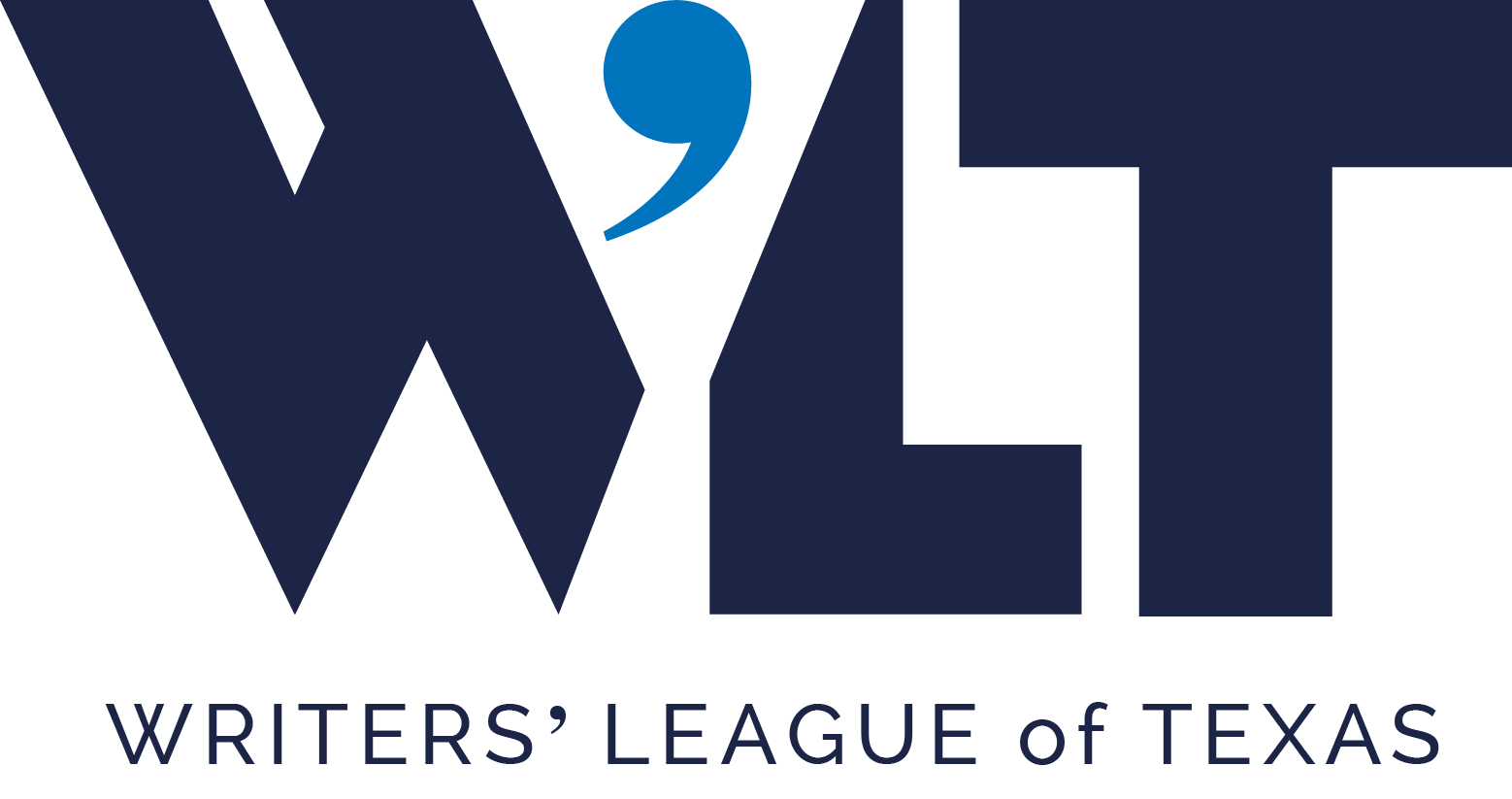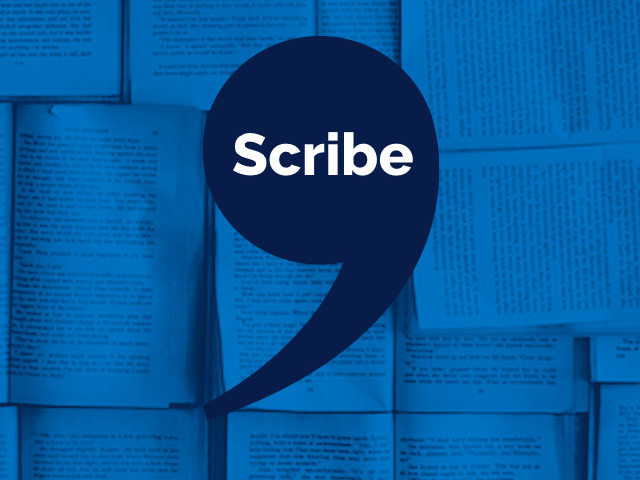“For years, I tended to think of pre-writing as not ‘real’ writing. Real writing was drafting new scenes. Now I realize how silly and counterproductive this thinking was. There’s lots of magic and inspiration to be found in pre-writing!”
-Stacey Swann
Stacey Swann’s fiction has appeared in Epoch, Memorious, Versal, and other journals. A former Stegner Fellow, she teaches with Stanford University’s Online Writer’s Studio. She’s at work on Olympus, TX, a novel-in-progress she is whittling down from Texas-sized to a more modest Montana or New Mexico size.
Stacey is teaching a class for the Writers’ League of Texas called “The Novel Hatchery: Moving a Novel Idea into Its First Draft” on Saturday, September 24 at St. Edward’s University. This class is designed for students ready for their novels to crack open their shells, grow and fly to completion. Read the interview below and visit the class page to learn more.
 Scribe: The blank page can be one of the most intimidating (and exciting) things in the world! Is there a technique a writer might use to move forward if they’re stuck on that very first word.
Scribe: The blank page can be one of the most intimidating (and exciting) things in the world! Is there a technique a writer might use to move forward if they’re stuck on that very first word.
Stacey Swann: I’m a big fan of freewriting—sitting down with a timer set for 10 or 15 minutes and writing without forethought. Allowing myself to write anything, including bemoaning my lack of ideas and the pile of waiting non-writing work, clears out space for unexpected new ideas to emerge. On the opposite end of the spectrum, I’m also a big fan of specific prompts. Those imposed limitations can make us forget our fear of the blank page because we’ve got something to begin with. There are some great random generators on the internet for this, like this one.
Scribe: What do you mean by pre-writing? How does writing or brainstorming prior to drafting inform the finished draft or manuscript?
SS: Pre-writing is any work outside the draft itself. I think it’s particularly important at the very start of a novel project, but it also can be useful at any stage of drafting. I like to pull my characters out of the scenes and explore their histories and personalities directly. I like to explore the setting from angles that might not be showing up in my actual scenes. And if some piece of the plot isn’t working, I find freewriting about it helps me to brainstorm ideas more successfully than working them out as I draft. For years, I tended to think of this work as not “real” writing. Real writing was drafting new scenes. Now I realize how silly and counterproductive this thinking was. There’s lots of magic and inspiration to be found in pre-writing!
Scribe: Outlining is different for every writer – some writers outline extensively, and others jump right in. What is your preferred method of outlining? Is it consistent from project to project, or does it sometimes change depending on the story?
SS: I’m a big believer that there’s no one-size-fits-all advice for outlining. Some people really do work best with no outline at all, and others really do work best with a very extensive outline. I started as a short story writer, and I never outlined my stories. I loved just following wherever they took me and then tightening the plot arc through revision. I started my novel this way too, but I eventually realized that for me, a novel is simply too big to draft with no outline at all. Partway into the first draft, I found myself adding scenes that weren’t moving the narrative arc forward. I felt like I was treading water. Sketching out a very informal outline helped me start moving again. I think the key is to not let yourself feel bound to your outline, to let it help you move forward while not keeping you closed off from possible new directions that might be a better fit than your original plans.
Scribe: What makes an opening chapter effective? Is it possible to know you’ve got it right before finishing the novel?
SS: An opening chapter has to do two very different things at the same time: establish a strong foundation that grounds the reader and has the heft of a real world while also opening up unanswered questions that make the reader want to keep reading. It’s totally possible to write a chapter that does this well before you’ve finished the first draft. However, I think it’s impossible to know if it is the right opening for your book until you’ve reached the end. For that reason, I encourage my students to not spend a lot of time trying to make their first chapter perfect before they move on. You won’t know if it is perfect until you’ve written to the end!
—
Thanks, Stacey!
Click here to register for Stacey’s class.
Click here for our current class schedule.









